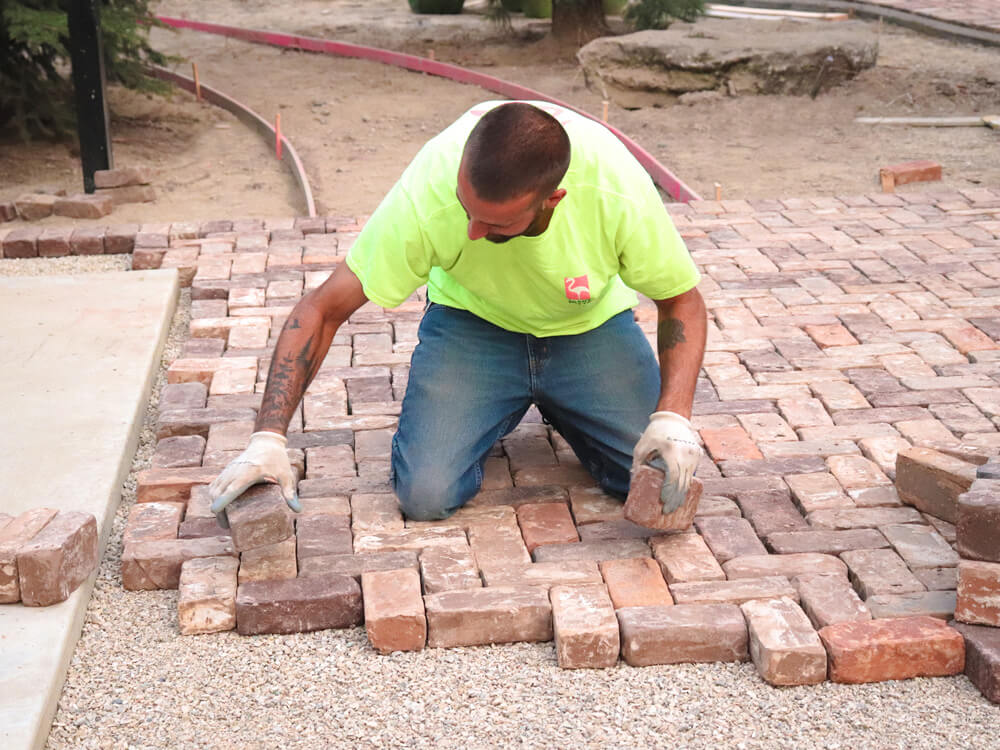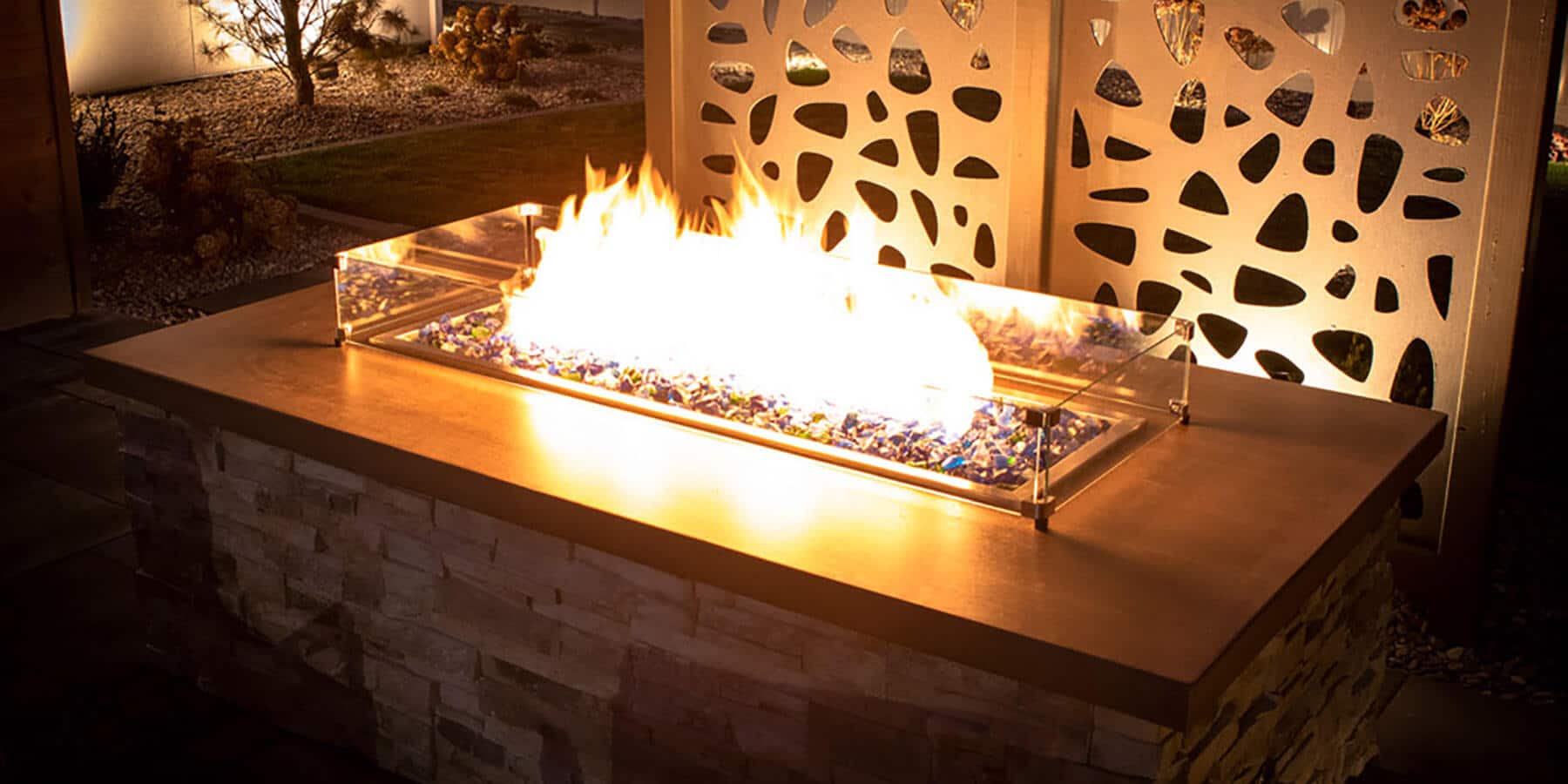The New Year is here which means spring planting is coming up! It may seem early to start thinking about your garden but the more prepared you are, the better your garden will be. In fact, some seeds you can start indoors as early as February! In this blog, we will guide you through a checklist of things to help better prepare you for the planting season including when to start your seeds, pre-planting maintenance, Idaho gardening tips, and more.
Where To Start?
It’s no secret that our area is growing fast with lots of new residents coming from out of state. With that said, let’s begin with the basics of gardening in the 208. To start, we are in the growing zones 6-7. If you are new to gardening, a growing or hardiness zone is an area categorized by the average temperatures used to determine a plant’s survival rate in that specific area. You can find a full hardiness zone map HERE.
General Preparation
The first thing you’ll want to do is look at what you have or don’t have. Are your raised beds in good condition? Does anything need attention or repair? Do you have all the correct tools and supplies? (If you don’t know what that is yet, don’t worry, we’ll have a printable checklist at the end of this blog!) It’s always nice to take into account what you have, and what maintenance needs to be done beforehand so you aren’t caught off guard in the middle of your tasks!
After considering those things, you probably now have a good idea of how much space you are working with. This would be a great time to decide what it is you want to plant and if you need to add more garden beds/boxes to accommodate those plans. If you are working with a smaller space, you can always plant vertically! You can learn more about vertical planting in this blog post.
Before the planting season, especially if you are new to the area or unfamiliar with your soil, you’ll want to investigate the current state of it as well as the type of soil you have to work with. Is it dense and clumps together or is it loose and crumbly? What is the PH of your soil? Being in the 208, our soil generally lacks some key nutrients, so adding some compost at the beginning of the season will help reintroduce some of those nutrients!
Some may choose to till or not to till their soil. There are benefits to both so it is best to consult with one of our garden center experts to find what better fits your specific gardens needs. To learn more about soil health and how to prepare your soil, visit this website and check out our blog post with Soil Health and Education Outreach Coordinator, Crystal Davidson!
If you didn’t do so in the previous season, early spring is a great time for pruning your trees and shrubs. It’s always wise to get some alcohol and a clean rag to clean your sheers with so you don’t spread unwanted disease throughout the plant. Do your research beforehand though as there are some species that bloom on old wood. To encourage healing and growth after pruning, you can add a bit of fertilizer to the plants’ soil.
Seed Starting
If you are newer to gardening, or gardening in the 208, seed starting can seem a little intimidating with trying to figure out what to plant, when to plant them, and how to make sure they progress successfully. But do not fear! We have lots of resources and experts to help. To start, HERE is a great resource from Snake River Seed Cooperative, a local seed company we carry here at Franz Witte, to look at when wondering what time to start your seeds in or outdoors as well as when to transfer them if started indoors.
There are a few different techniques and supplies you can use to start your seeds. The most common way is by trays and peat pods or sectioned trays with a sterile starting mix. Another great method that takes a bit more effort but is great for the plants is by soil blocking. This gives the new seedlings more root room which in the end produces stronger, happier plants! When starting seeds, you want to make sure they get an adequate amount of heat and light as these are two vital things in the beginning growth stage of your plants. Seedlings will germinate faster at around 75 degrees Fahrenheit and grow best with around 16 hours of light per day, so a warming pad and grow light are encouraged. It’s actually quite common for gardeners to place their seedlings on top of the fridge as the heat from the working machinery acts as a warming pad! Although seeds need warmth to germinate some don’t like as much heat once sprouted so make sure to research your specific seed/plants requirements!
Additional Tips
Wind protection
Depending on where you reside in the Treasure Valley, your land might be more susceptible to harsh wind. If this is the case, you’ll want to have some kind of protection such as fences, buckets, tarp, mesh, or poly covering on hand through the growing months. If your plants go unprotected in high winds, they are significantly more susceptible to damage.
Compost
If you have room for it, consider starting a compost pile. Compost is an amazing and natural way to add nutrients to your soil (as stated above) as well as reducing your food waste. There are a few different ways to compost. You can direct compost, vermicompost, have a compost bin, and more! For a list of different ways you can compost, visit this link https://directcompostsolutions.com/8-methods-composting/ to help choose which method might be best for you. Some states also have a compost program. In the Treasure Valley, we have a curbside compost program where you can take home the locally-made compost that’s created from the collected contents of the curbside bins. You can learn more about that by following this link.
Below is where you will find a handy printable checklist where you can find some common tasks, garden tools, seed starting supplies, and space for you to fill in your own list!
We hope this blog helps you in your 2024 planting journey and as always, our garden experts in our Garden Center are always eager to help as well as answer any questions you may have!





